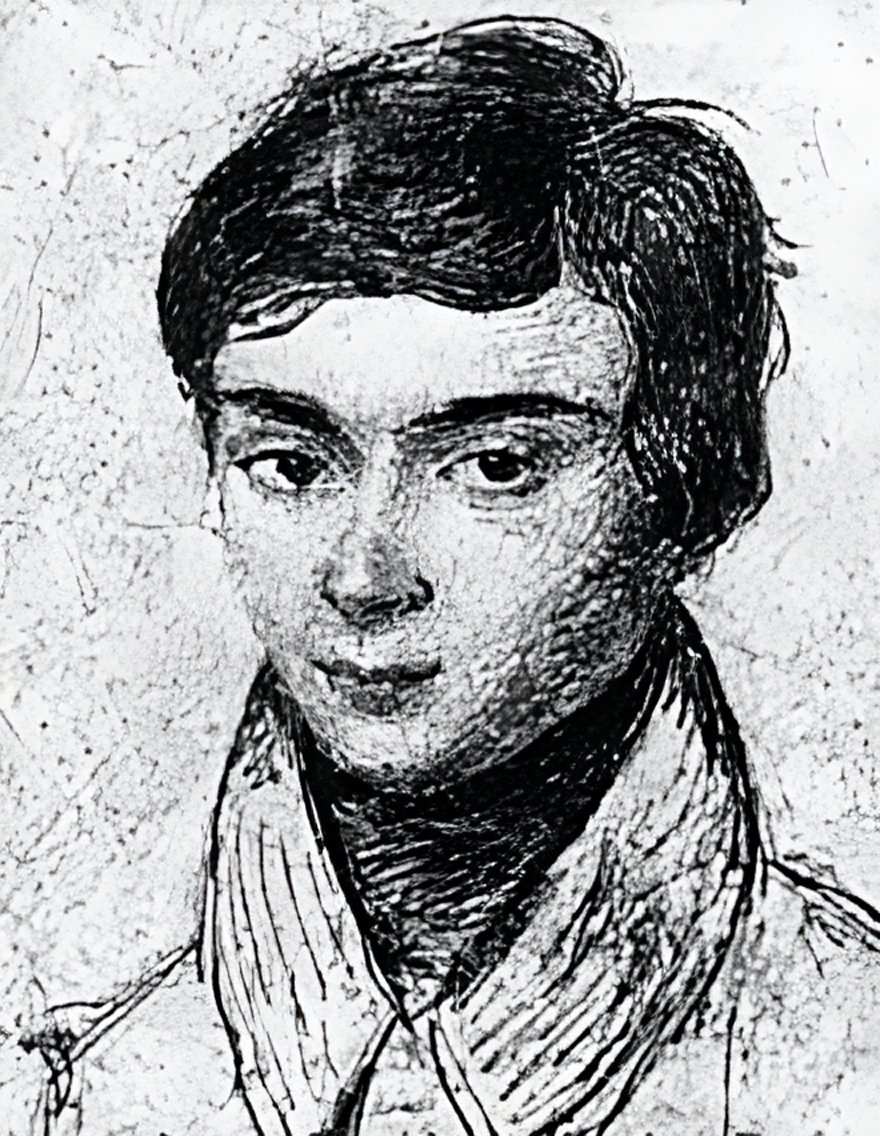
Europe: Age of Enlightenment
René Descartes
While algebra as a study of solving equations and problems became increasingly popular among mathematicians, many did not make the connection between geometry and equations. Rene Descartes's Cartesian plane model could demonstrate what an equation would look like if represented geometrically. The cartesian plane became so popular that it launched a new branch of mathematics named analytic geometry (the study of geometry described by algebra).
Carl Friedrich Gauss
When Descartes discovered polynomials, other mathematicians took notice. Mathematicians theorized that every polynomial could be expressed as the product of linear and quadratic real factors, and by extension, every nth-degree polynomial has n complex roots (Fundamental Theorem of Algebra). However, no one could prove this theorem until Gauss. Once Gauss proved the Fundamental Theorem of Algebra, the next race began: determining the formulas for polynomials with a degree of five or greater.
Évariste Galois
By the 19th century, Mathematicians could solve fifth-degree or higher polynomial equations. Unlike the previously discovered linear, quadratic, cubic, and quartic formulas, they couldn't figure out a formula that would work every time. In fact, Galois theorized that obtaining formulas for fifth-degree or greater polynomials might not be possible. Ultimately, he proved this conjecture with his famous Galois theory (Specifically, he proved that integers, radicals, and the four basic operations couldn't possibly express the formulas for fifth-degree or higher polynomials). Although the Abel-Ruffini theorem was the first to prove Galois's conjecture, Galois theory was not only easier to understand but also launched a new stage in Algebra: Abstract Algebra.


